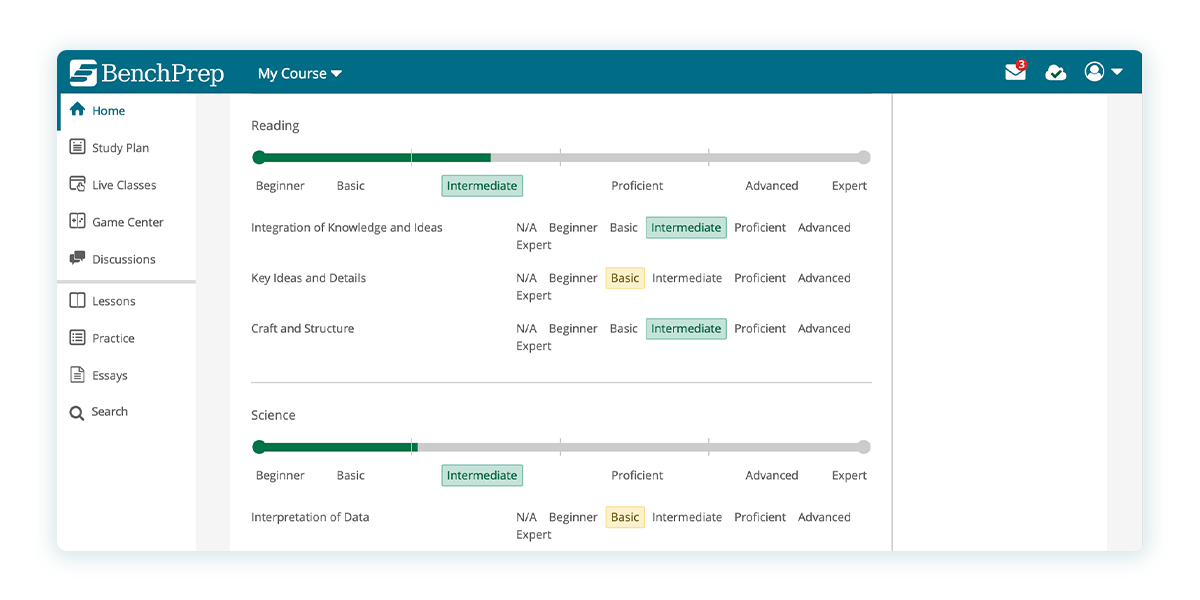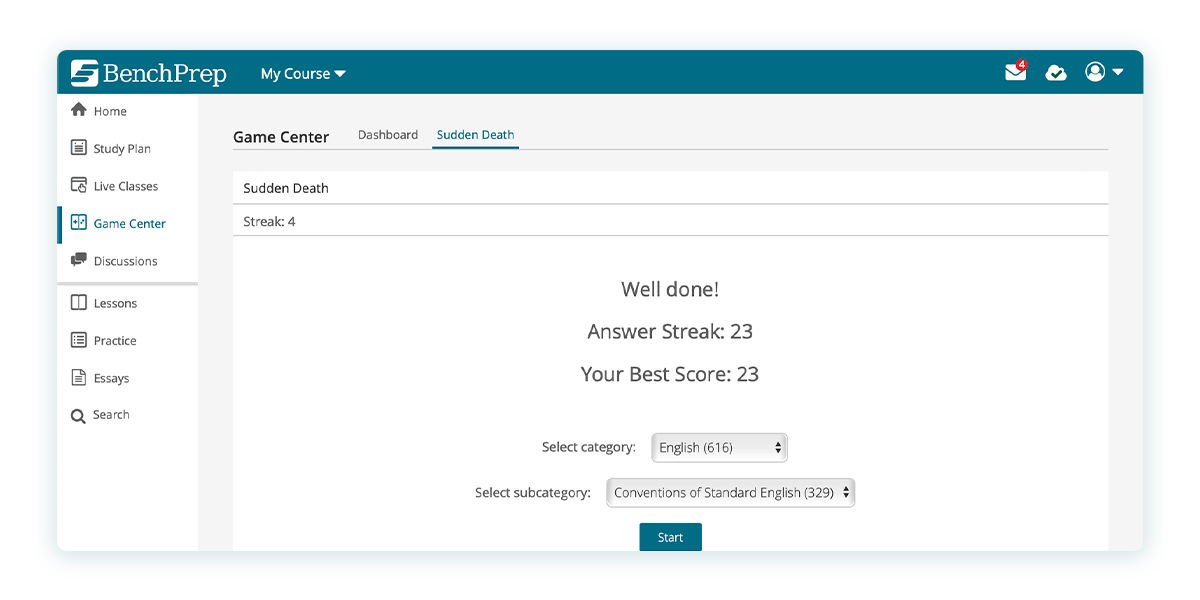5 Tips to Create Effective Microlearning that Drives Engagement
Modern learners might be putting your learning program out of business.
Why? Because they’re bypassing traditional eLearning programs. They don't want to passively click their way through an online course. It’s been shown that 70% of modern learners use search engines to perform their jobs, not eLearning.
Today’s learners were distracted, impatient, and overwhelmed prior to the landscape we find ourselves in due to the pandemic. So, you can imagine that all of these things are even more prevalent now that learners are working and learning on their own time and from their own homes.
If you want to engage modern learners, you need microlearning. Modern learners want 2-10 minute modules. They’re even happier if they can find the right module easily in their moment of need.
The 5 tips in this blog post will help you create effective microlearning that drives engagement. Soon, your learners will be looking at your training for answers— not going to Google.
1. Build Meaning
Take a moment to think back to fifth-grade science. Do you remember all the answers to your quizzes? What about a specific science project?
You probably remember your science project because it had meaning. Research shows it’s easier to memorize information if we focus on the meaning, not the repetition.
When designing microlearning modules, you want to find the meaning. You might use a powerful visual, connect it to a work experience, or use storytelling techniques.
Pro Tip: Put yourself in your learner’s shoes to figure out what’s meaningful to their job role.
2. Create Addictive Content
YouTubers are masters at engaging audiences using video. If you follow their lead, you’ll find your engagement skyrocketing.
You can drive engagement in your microlearning modules with animated gifs, video walkthroughs, explainer videos, and screencasts.
The best part is that there are numerous free solutions available to make cheap, engaging video. The barrier to entry has never been lower. Check out our ebook, Roadmap: Convert Your Classroom Resources into Powerful eLearning, to find out how you can optimize your learning modules.
Pro Tip: Keep your video content short and sweet by focusing on one objective. It’ll also keep costs down.
3. Lean into Actionable Data
Learners are most engaged when they apply their learning immediately. Quick reflections or mini action plans connect learners’ new knowledge to their job roles.
Finding ways for learners to apply new learning during test prep is a challenge. Learning platforms provide a solution. Learners can make the data actionable by competing with themselves. They can aim for a certain level of accuracy or modules completed by a certain date.
Pro Tip: If you can’t find a way for learners to immediately apply their learning, consider using a learning platform that lets learners monitor their progress.

4. Incorporate Gamification
It’s no secret that games make boring things fun.
And, who are we kidding? We know memorizing information for an exam isn’t exactly on the top of anyone’s Saturday night plans. Our learners need all the psychological boosts they can get.
Games fit the bill perfectly. Gamification gives learners a chance to reinforce material while still enjoying the experience. Plus, learners don’t feel bad when they fail. They shrug it off and try again.
BenchPrep believes so much in gamification that we’ve baked it into our platform and includes leaderboards, digital badges, and a games center.
Pro Tip: Use short games to reinforce content during your microlearning modules.

5. Provide an Omni-Channel Experience
Mobile learning and microlearning strategies go hand-in-hand. Learners are spending more time on their mobile phones than ever before. With the average American spending 5.4 hours a day on their phone, it is a no brainer for companies to include an omnichannel experience to their learning programs.
A omni-channel platform encourages your learners to study on their own time. By pairing Microlearning with a mobile-enable learning management system (LMS), learners are more likely to engage in a microlearning module on the go.
Sending reminder notifications also improves engagement, especially if the reminder notification alerts the learner about an upcoming deadline.
Pro tip: Improve microlearning engagement by pairing it with an omni-channel experience.
Microlearning is more than just chopping up long content into bite-size pieces.
These 5 strategies will keep your learners engaged, and keep them coming back for more. Isn’t that the dream of any learning business?
Download our ebook, Dreaming of Recurring Revenue? Engage Learners Continuously, to find out how you can make microlearning an integral component of your business model.






